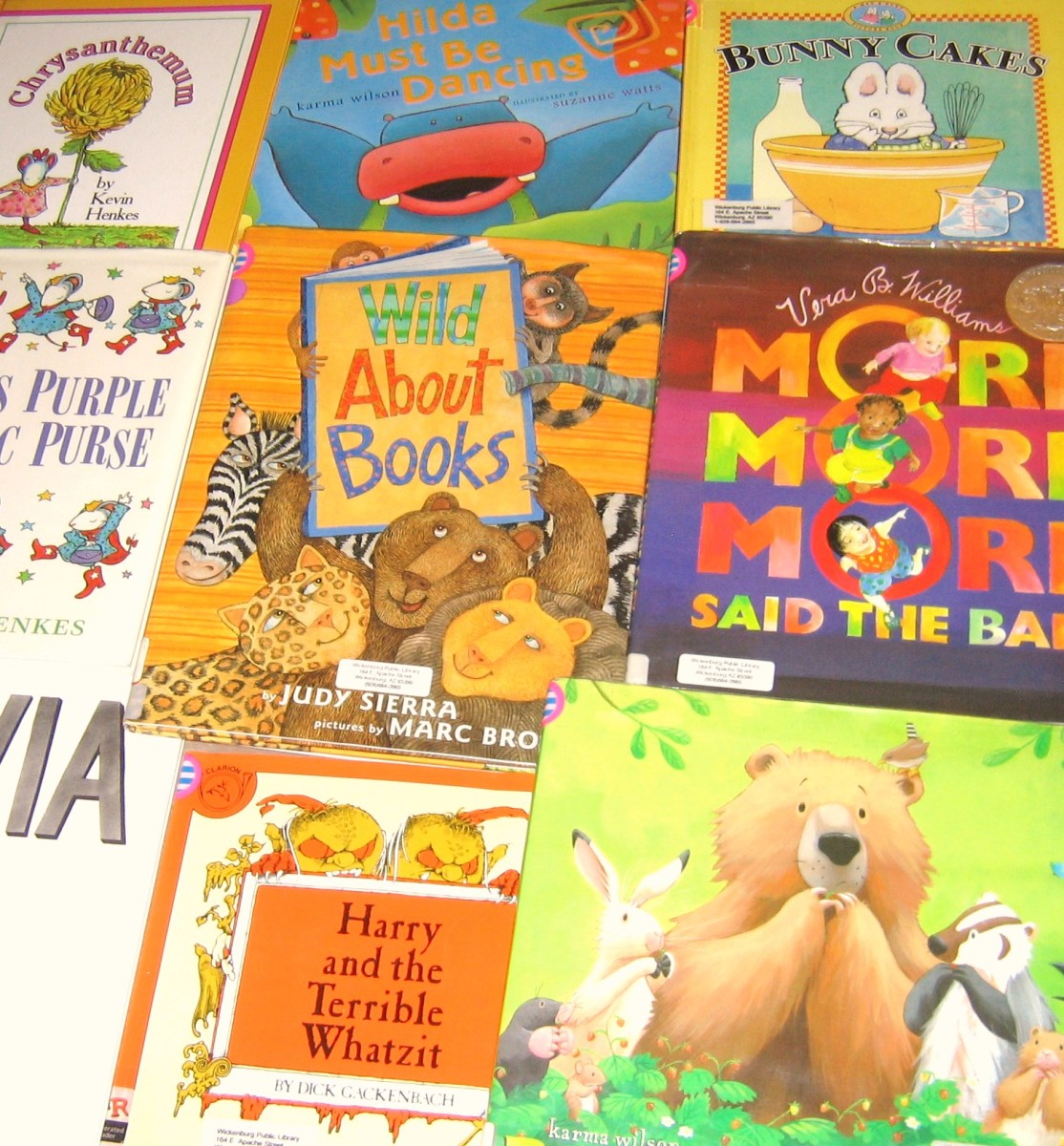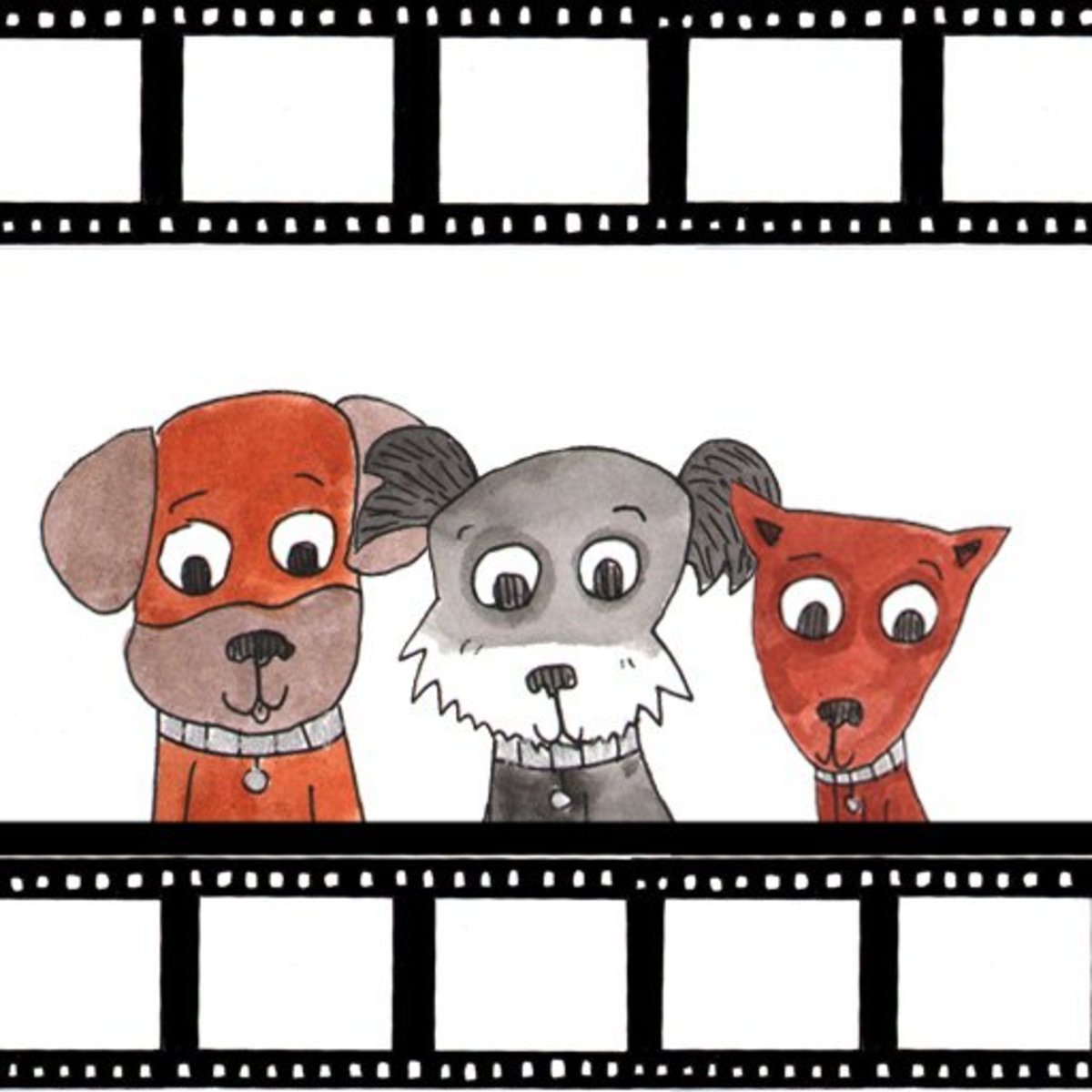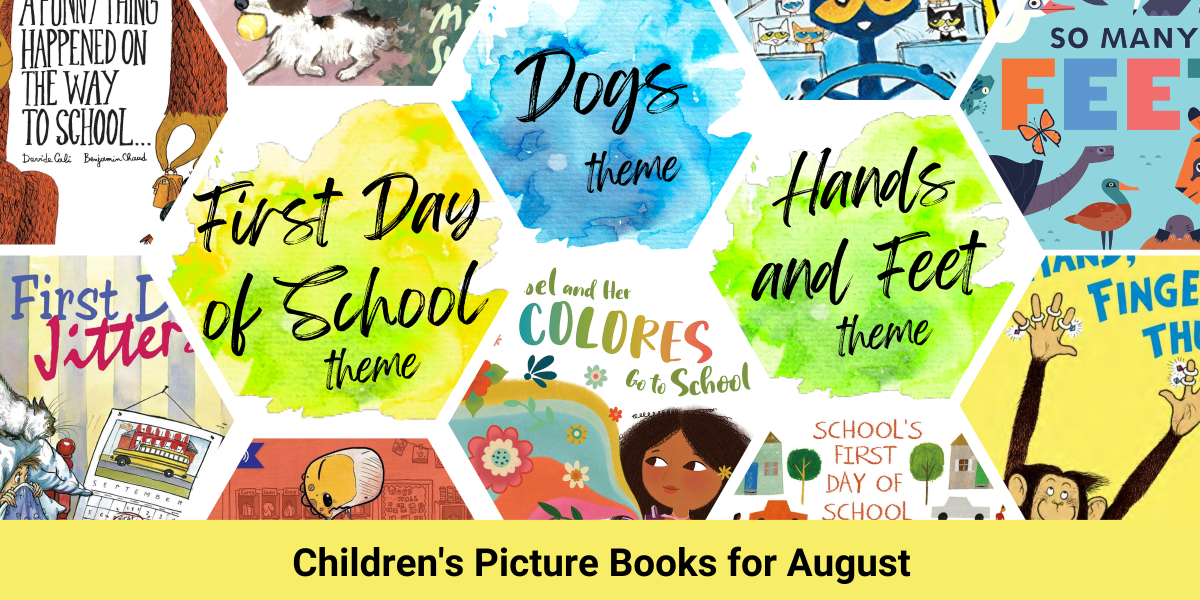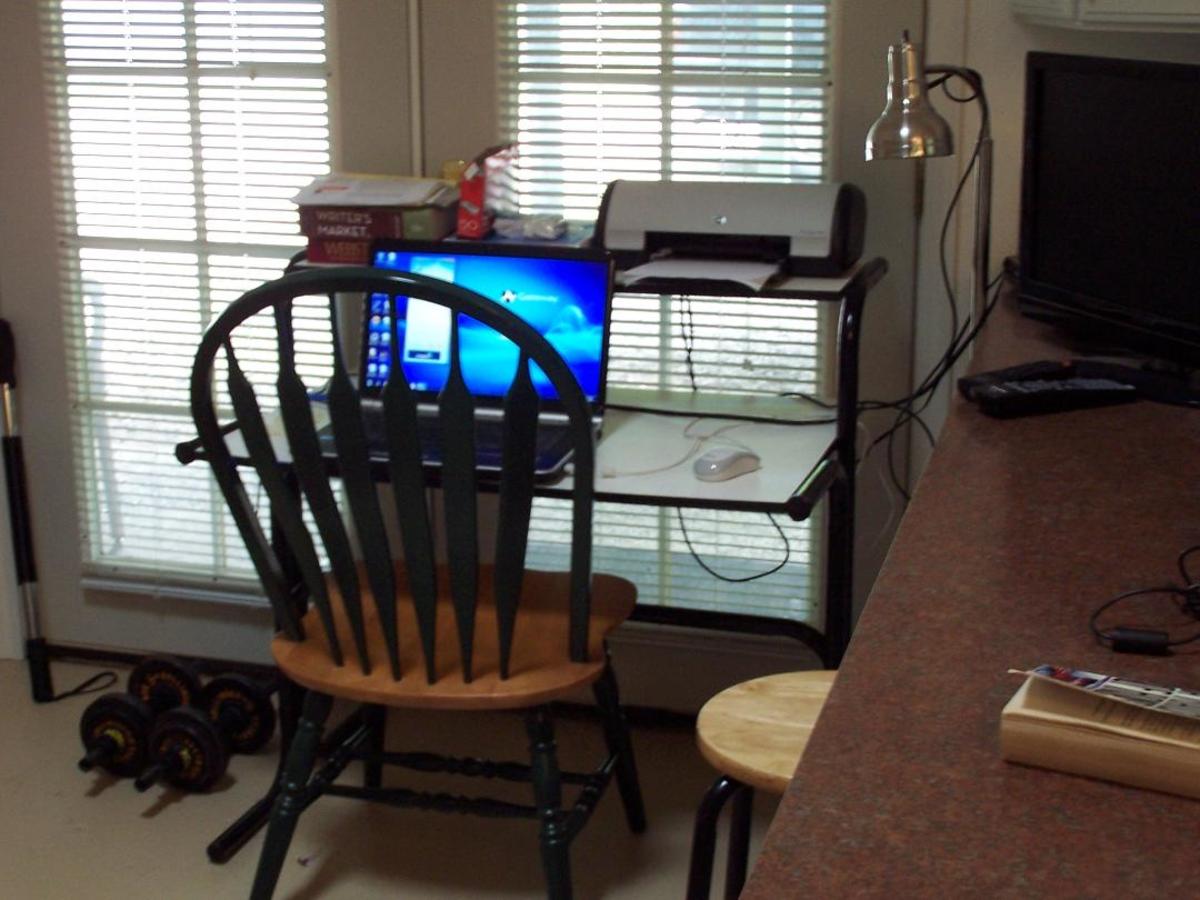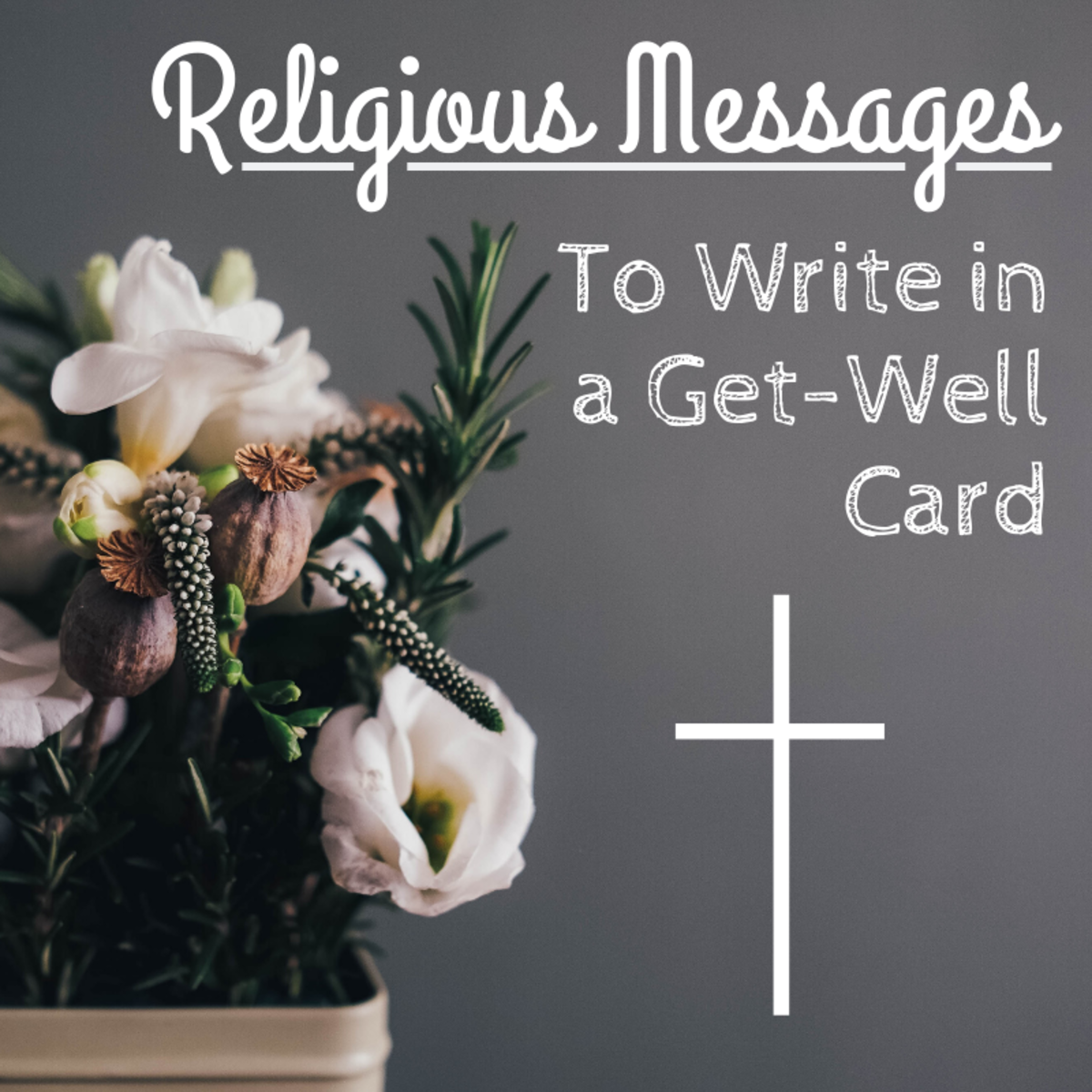How to Write a Children's Book

Reading children's books is easy but writing them is another story. If you think that you're going to pen a Caldecott winner with your first try at a children's manuscript, you're probably being unrealistic. But there's certainly nothing wrong with having a dream. And if you have a dream, there's definitely something wrong with not at least trying to realize it. Being a children's book writer can be a really fulfilling career choice ... or even a great hobby.
If you're serious about trying to go for it, these are the steps that you'll need to take to start writing children's books:
1. Go to the library and check out the competition. You can't write children's books if you don't know what they're all about. Get a wide selection of different books and start taking a closer look at them. Identify which ones you like and why. Pay particular attention to the characters that you like, the topics of the books and the age ranges that these books target.
2. Spend time with kids. To write a book that will touch kids, you need to know what kids like. You need to know how they talk and what makes them laugh. If you have kids, start paying attention to their conversations, the movies they like and especially the books that they want you to read again and again. Notice what's catching their eye. If you don't have kids, start volunteering to baby sit for friends and family or consider mentoring a child in need.
3. Start writing. People often think that writing children's books isn't really writing. Not true. You have to develop the same habits as writers of fiction and non-fiction books for adults. You need to set aside a certain amount of time each day to write and then you need to follow through. Write for an hour each day or commit to completing five pages per night. Set writing goals and keep them, even when you think that your writing is bad.
4. Develop characters. Not all children's book writers will use the same characters in each book. However, it's good to establish some characters that you're familiar with, even if they never go into a published book. This will help you to give depth to the people and topics that you take on in your writing.
5. Make a list of goals for your books. Do you want to make kids laugh? Do you want to introduce a certain area of social life to children? Do you want to use your books to educate kids about a part of history that's important to you? Write these goals down on paper so that you can stay focused.
6. Test out your writing on kids. Read your stories to the kids that you know and see what they think. Ask for feedback. And watch for it too. Are they laughing when you intended for them to laugh? If not, you'll need to tweak that area of your book. Look at your goals and see if those are being met when kids read your stories.
7. Collaborate with an illustrator. Unless you're doing your own illustrations, you'll probably want to collaborate with an illustrator to flesh out your books. This varies depending on the target age of the kids that you are writing for. However, even with books targeting older kids, it can be useful to get an illustrator to put some of your ideas into pictures. It gives you a better picture of what others see when they read what you've written.
8. Join a group or find a writing mentor. You need to get feedback from adults as well as children about your writing. After all, it's adults who are going to decide whether or not you're going to get published.
9. Start submitting your writing to children's book publishers. There are entire books written on how to prepare your book for submission, how to get a literary agent, and how to submit your manuscript. When you get to this step, it'll be crucial. But until you get there it's only one part of a process.
10. Keep writing. Even if you don't get published, even if you don't feel like it, keep at it. Try to find the joy in writing. Write for the people you love, the kids you know, the kids you hope to have one day. Enjoy it. The rest will come in time.
Those are the steps that you need to take to begin writing children's books (and hopefully to get them published). Here are some additional tips about the content of writing for children that you might want to employ when you are working through this process:
o Make the protagonist of your story the same age as the children that you are targeting as your audience. This will help them to relate, even if the main character is a dog or a made-up creature.
o Remember the value of a happy ending. Adults can be cynical. They don't always need happy endings because they know that's not how the real world works (although they usually prefer a happy ending anyway). But kids need to feel safety in their worlds. They need to believe that things always work out. So make sure that the tale ends happily.
o Don't underestimate a kid's intelligence. Children don't need to know every word in a book that you write. Keep the sentences simple and make sure the illustrations clearly show what's going on in the story but don't assume that the book has to have limited language to make sense to kids. Throw in a new word here and there and challenge the minds of your young readers. Of course, don't go overboard - the child does need to be able to understand most of the words.
o Avoid rhyming. This isn't a hard-and-fast rule. Some people are naturally talented at rhyming in a way that makes kids laugh and makes stories sparkle. However, you shouldn't work at rhyming. If it's not your natural thing, it's going to sound sing-songy (in a bad way). Don't limit your writing by trying to rhyme.
As with any type of writing, the key is to find your own voice. And the way to do that is to practice, practice, practice.
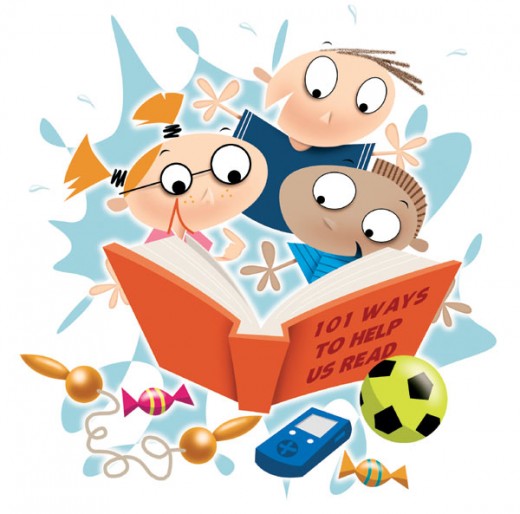
- Writing Children's Books @ Write4Kids.com - How To Write a ...
- How Do I Get Started As A Children's Writer?
- Free Writing Info! - Tips on Writing Childrens Books
- Writing Children's Books @ Write4Kids.com - How To Write a ...
- SoYouWanna write a children's book? | SoYouWanna.com
- A children's book editor's site: information about writing ...
- Amazon.com: How to Write & Illustrate Childrens Books and Get Them ...



